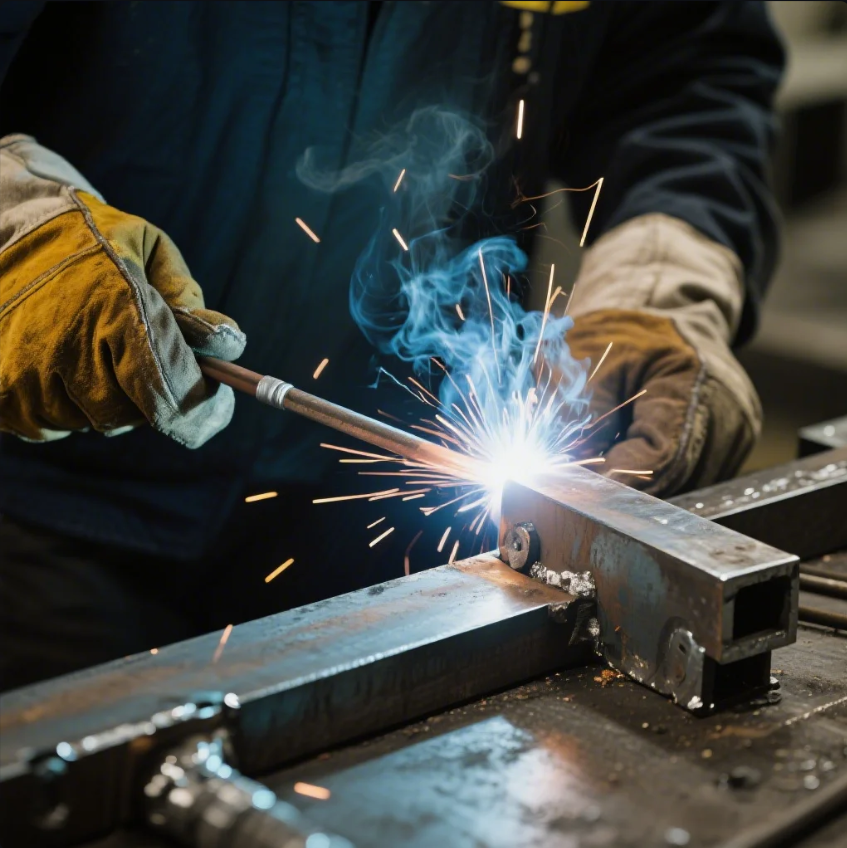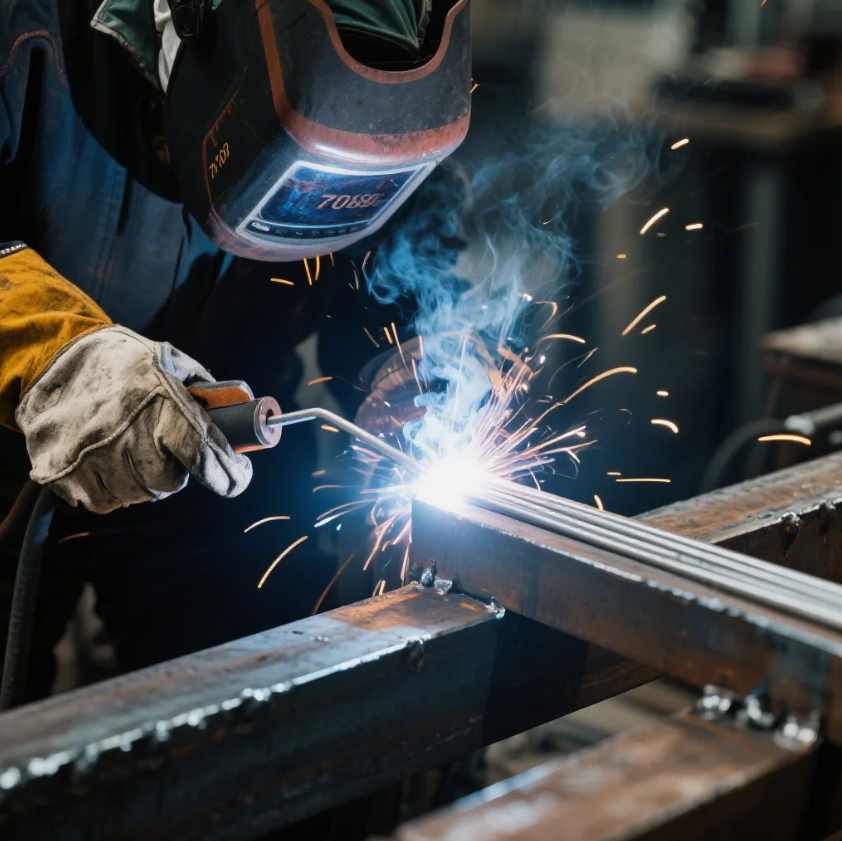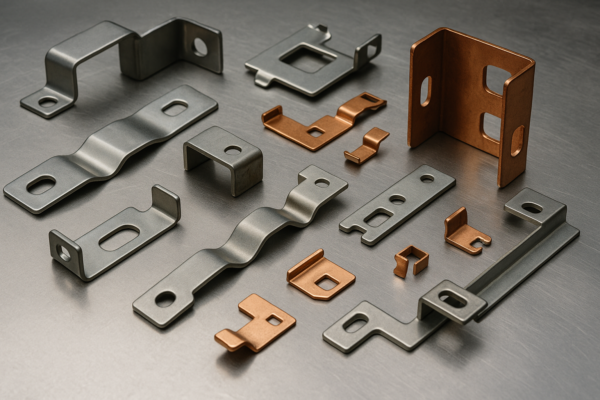What is the Best Welding Rod for Beginners?

Choosing the right welding rod is essential for beginners. With the right rod, you can ease your way into welding and learn the craft with fewer obstacles. Let’s dive into the best options for beginners and what makes them suitable.
Snippet paragraph:
Choosing the right welding rod as a beginner can make all the difference. Let’s look at the best options and how they impact your learning.
Transition paragraph:
Keep reading to find out which welding rods are most suitable for beginners and how they can help you improve your welding skills quickly.
Is 6011 or 7018 Easier to Weld?
When you’re just starting out with welding, choosing the right rod can be overwhelming. The 6011 and 7018 welding rods are two of the most common options, but they serve different purposes and require different techniques. Understanding which rod is easier to weld with can help beginners avoid unnecessary frustration.
Snippet paragraph:
The 6011 and 7018 rods are popular choices for welders. Understanding which one is easier to work with can help beginners get started on the right foot.

6011 Welding Rod – A Beginner’s Favorite
The 6011 welding rod is a great choice for beginners because it is versatile, easy to use, and offers strong welds. It is a fast-freeze rod, meaning it works well in situations where you need to get a quick, solid weld, even if you’re not experienced. The 6011 rod is ideal for outdoor and overhead welding, especially when dealing with dirty or rusty metals.
Why 6011 is Easier for Beginners:
- Forgiving on Contaminated Surfaces: 6011 rods can weld through rust, dirt, and oil, making them perfect for beginners working with less-than-ideal materials.
- Fast-Freeze Characteristics: The fast-freezing slag helps to prevent mistakes, making it easier for beginners to control the weld pool.
- Versatile: Works on a variety of metals and in different positions, giving new welders the flexibility to practice different techniques.
7018 Welding Rod – More Advanced
The 7018 welding rod, on the other hand, requires more skill and experience. It is considered a low-hydrogen rod, providing strong, high-quality welds, but it’s more challenging to use, especially for beginners. The 7018 is slower to freeze, which makes it harder to control the weld pool for new welders. Additionally, this rod is sensitive to moisture and requires more care in preparation and storage.
Why 7018 is Challenging for Beginners:
- Slower Freezing: The slower freezing characteristics make it harder to control the weld pool, especially for newcomers.
- Requires Dry Storage: 7018 rods must be kept dry to avoid hydrogen contamination, making them less forgiving than 6011 rods.
- More Experience Needed: This rod is best for welders who have mastered the basics and are looking to create high-quality, strong welds.
What is 6011 Welding Rod Used For?
The 6011 welding rod is highly versatile, and its unique characteristics make it a popular choice for a variety of applications. It can be used in many welding situations, including outdoor and overhead welding, and is suitable for both beginner and intermediate welders.
Snippet paragraph:
The 6011 welding rod is used for general purpose welding, especially in tough conditions where other rods may struggle. It works well for outdoor and overhead applications.

Applications of 6011 Welding Rod
- Outdoor Welding: The 6011 is perfect for outdoor welding, especially in windy or adverse conditions where other rods might struggle to maintain a stable arc.
- Welding Rusty or Dirty Metals: This rod is capable of welding over dirt, rust, and oil, making it a great option for repair work or projects with contaminated materials.
- Overhead Welding: The fast-freeze nature of the 6011 rod allows for overhead welding, which can be tricky for beginners with other rods.
Industries Using 6011
- Automotive Repairs: Commonly used in car and truck repairs, especially for structural welding.
- Farm Equipment Repairs: Works well in agricultural settings where welding rusty or dirty metal is common.
- Construction: Often used in overhead welding applications on construction sites.
Should I Use 6011 or 6013?
Both the 6011 and 6013 rods are common options for beginners, but they each have different characteristics and are suited to different applications. Choosing between them will depend on the type of projects you plan to take on and the conditions in which you’ll be welding.
Snippet paragraph:
Choosing between 6011 and 6013 depends on your project. 6011 is better for dirty materials and outdoor use, while 6013 is best for clean, smooth welding.

6011 vs 6013 Welding Rods: What’s the Difference?
| Feature | 6011 Welding Rod | 6013 Welding Rod |
|---|---|---|
| Ease of Use | Easy for beginners, forgiving on dirty or rusted metal | Easier to control than 6011, but requires cleaner metal |
| Welding Position | Versatile (works well in various positions) | Best for flat and horizontal positions |
| Appearance | Rougher weld bead | Smoother weld bead |
| Ideal Use | Outdoor, overhead, and repair welding | Thin materials and clean surfaces |
When to Use 6013 Instead of 6011
The 6013 welding rod is ideal for clean, smooth welds on thin materials. It’s a great choice for beginners working on new metal that doesn’t have a lot of contamination. If you’re welding on sheet metal or need to produce aesthetically pleasing welds, the 6013 rod will help you achieve a smoother, more professional-looking result.
Applications of 6013 Welding Rod
- Thin Sheet Metal: The 6013 rod excels at welding thinner materials that require precision and clean, consistent welds.
- Light Fabrication Work: This rod is often used in light fabrication jobs like sheet metal work, where strength is less critical than the appearance of the weld.
- Home and DIY Projects: If you’re working on small repairs or DIY projects with clean metal, the 6013 welding rod is a good choice.
What is a 6013 Welding Rod Used For?
The 6013 welding rod is popular for its ability to produce smooth, clean welds, especially on thin materials. It is less versatile than the 6011 rod but works great when the conditions are right.
Snippet paragraph:
The 6013 welding rod is great for thin metals, light fabrication, and clean surfaces. It produces smooth, aesthetically pleasing welds.

Applications of 6013 Welding Rod
- Welding Thin Metals: Ideal for welding light-gauge materials, such as thin steel sheets, where precision and smoothness matter.
- Automotive Bodywork: Often used for car repairs, especially when you need clean, visible welds on thin metal body panels.
- Decorative Welding: If you’re looking to create neat, tidy welds with a smooth appearance, 6013 rods are the go-to option.
Advantages of 6013 Welding Rod
- Smooth Welds: Provides a smooth, aesthetically pleasing appearance, making it a popular choice for visible welds.
- Easy to Handle: Compared to other rods, 6013 is easy to handle and produces fewer spatter, which helps in creating cleaner projects.
Conclusion
For beginners, the best welding rod depends on your project and the materials you’re working with. The 6011 welding rod is a great starting point due to its versatility, ease of use, and ability to weld through contaminated surfaces. However, if you’re looking for smoother, cleaner welds, the 6013 rod is a great choice for thinner metals and light fabrication.
Choosing the right rod will make your welding experience much more enjoyable and less frustrating, allowing you to focus on mastering your skills.







